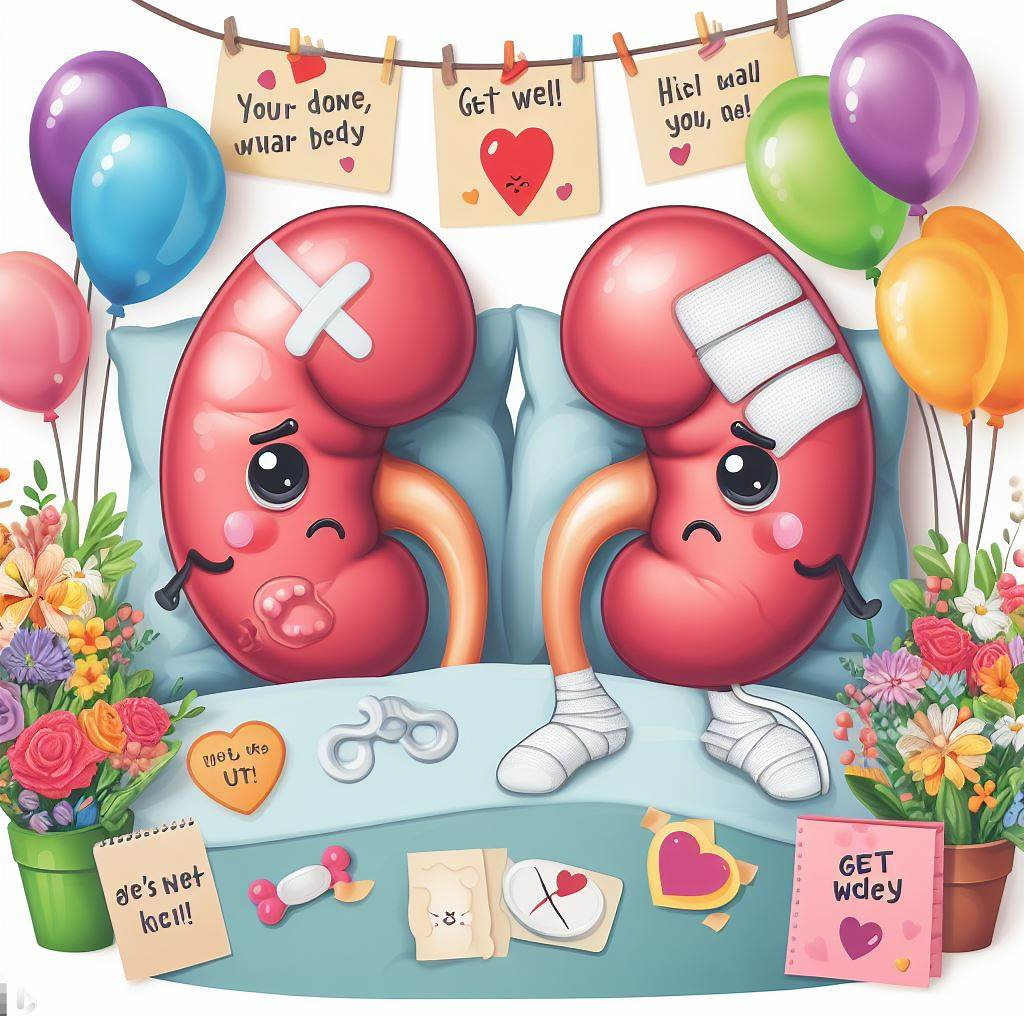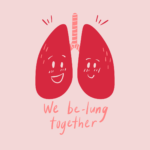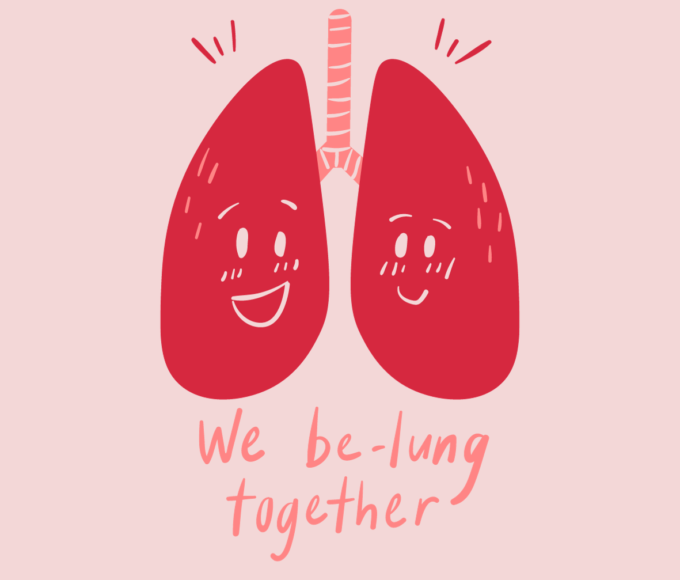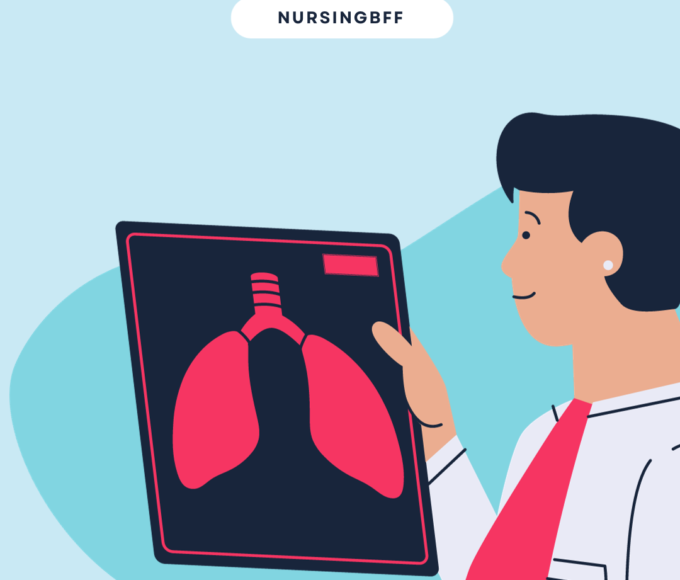
Acute renal failure, also known as acute kidney injury, is a condition that occurs when the kidneys suddenly lose their ability to filter waste products from the blood. This can lead to a buildup of toxins, fluid imbalance, electrolyte abnormalities and other complications. Acute renal failure can be caused by reduced blood flow to the kidneys, direct damage to the kidney tissues, or obstruction of urine flow from the kidneys (Mercado et al., 2019; Gaut and Liapis, 2021). Check out the Nursing care Plans for Acute Renal Failure.
The pathophysiology of acute renal failure involves several mechanisms that affect the structure and function of the nephrons, the basic units of the kidney. Acute renal failure (ARF) is a condition in which the kidneys suddenly lose their ability to filter and eliminate waste products and fluids from the blood. This can result in a buildup of toxins and fluid in the body, leading to potentially life-threatening complications such as electrolyte imbalance, acidosis, edema, hypertension, and uremia. Depending on the cause and severity of the injury, different parts of the nephron may be affected, such as the glomerulus, the tubules, or the interstitium. Some of the common pathophysiological processes are:
– Ischemia: When the blood supply to the kidney is reduced due to shock, dehydration, heart failure, or other conditions, the cells of the kidney become deprived of oxygen and nutrients. This can trigger inflammation, oxidative stress, apoptosis, and necrosis of the renal cells, especially in the proximal tubules and the outer medulla (Gaut and Liapis, 2021; Chawla et al., 2023).
– Nephrotoxicity: When the kidney is exposed to harmful substances such as drugs, contrast agents, toxins, or hemoglobinuria (from hemolysis) or myoglobinuria (from rhabdomyolysis), these substances can damage the renal cells directly or indirectly by inducing oxidative stress, inflammation, or tubular obstruction (Gaut and Liapis, 2021; Chawla et al., 2023).
– Inflammation: When the kidney is injured by ischemia, nephrotoxins, infection, or immune-mediated diseases, inflammatory mediators such as cytokines, chemokines, and adhesion molecules are released. These mediators can recruit and activate leukocytes, platelets, and endothelial cells, leading to further tissue damage, vascular dysfunction, and coagulation abnormalities (Gaut and Liapis, 2021; Chawla et al., 2023).
– Tubular obstruction: When the tubular lumen is blocked by cellular debris, casts, crystals, or blood clots, this can impair urine flow and increase intratubular pressure. This can cause tubular dilation, atrophy, and necrosis, as well as back-leak of filtrate into the interstitium. Tubular obstruction can also impair tubular reabsorption and secretion of solutes and water (Gaut and Liapis, 2021; Chawla et al., 2023).
– Interstitial edema: When fluid accumulates in the interstitial space due to increased vascular permeability, decreased lymphatic drainage, or back-leak of filtrate from the tubules, this can compress the renal vessels and tubules and impair their function. Interstitial edema can also cause inflammation and fibrosis of the renal tissue (Gaut and Liapis, 2021; Chawla et al., 2023). Check out the Nursing care Plans for Acute Renal Failure.
These pathophysiological processes can result in various clinical manifestations of acute renal failure such as oliguria or anuria (reduced or absent urine output), azotemia (elevated blood urea nitrogen and creatinine levels), metabolic acidosis (low blood pH due to accumulation of acids), hyperkalemia (high blood potassium levels due to impaired excretion), hyponatremia (low blood sodium levels due to impaired reabsorption), hypocalcemia (low blood calcium levels due to impaired activation of vitamin D), hyperphosphatemia (high blood phosphate levels due to impaired excretion), anemia (low red blood cell count due to reduced erythropoietin production), uremic syndrome (a constellation of symptoms such as nausea, vomiting, fatigue, pruritus, bleeding tendency, and neurological impairment due to accumulation of uremic toxins), and volume overload (excess fluid in the body due to impaired sodium and water excretion) (Mercado et al., 2019; Gaut and Liapis , 2021).
References:
Chawla LS et al. Acute Kidney Injury: Medical Causes and Pathogenesis. J Clin Med. 2023;12(1):375.
Gaut JP et al. Acute kidney injury pathology and pathophysiology: a retrospective review. Clin Kidney J. 2021;14(2):526-536.
Mercado MG et al. Acute Kidney Injury: Diagnosis and Management. Am Fam Physician. 2019;100(11):687-694.
Related Articles
How to Identify your Time Wasters and Eliminate them
Certainly! Let’s talk about time wasters at work. These are activities or...
By Roberta DivaFebruary 21, 2024Nursing Care Plans for Acute Renal Failure
Acute renal failure (ARF), also known as acute kidney injury (AKI), is...
By Nursing BFFNovember 4, 2023Nursing Interventions For a COPD Patient
Chronic obstructive pulmonary disease (COPD) is a common and progressive respiratory condition...
By Nursing BFFNovember 2, 2023How to Write a Complete Nursing Care Plan for COPD Patients
Chronic obstructive pulmonary disease (COPD) is a common and serious lung condition...
By Nursing BFFNovember 2, 2023







Leave a comment